Unusual and Uncommon Phobias
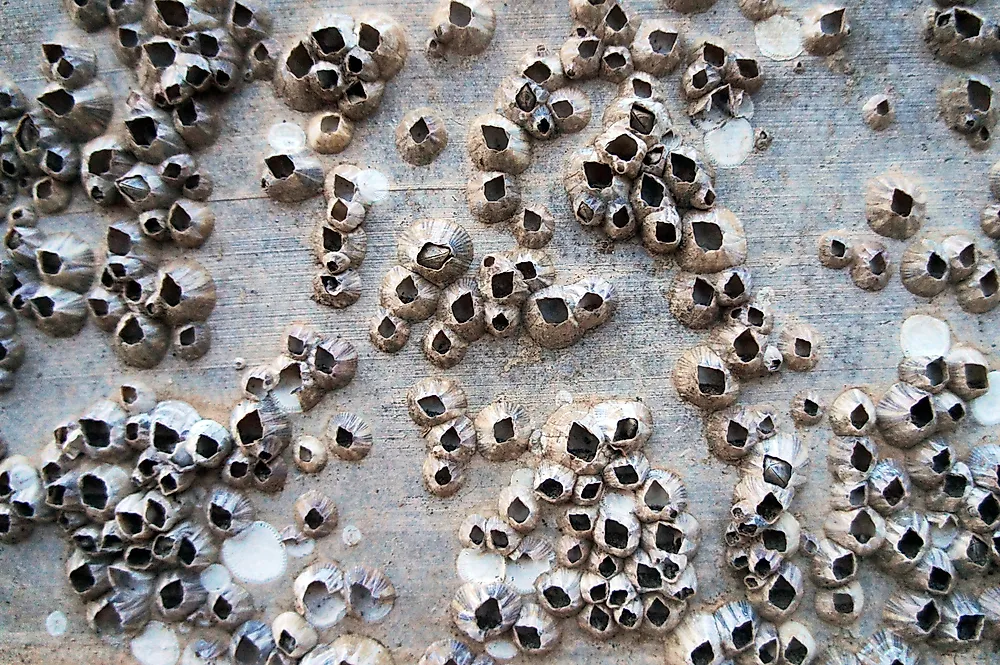
A phobia is a mental condition that occurs due to feelings of persistent and unreasonable fear caused by an object or situation. Although there is normally little danger in object of the phobia, the presence or anticipation of the object can cause signifiant distress, including panic attacks, fainting, and/or sweating. Some of the most unusual and uncommon phobias are included below.
15. Trypophobia (Fear of Clusters of Small Holes)
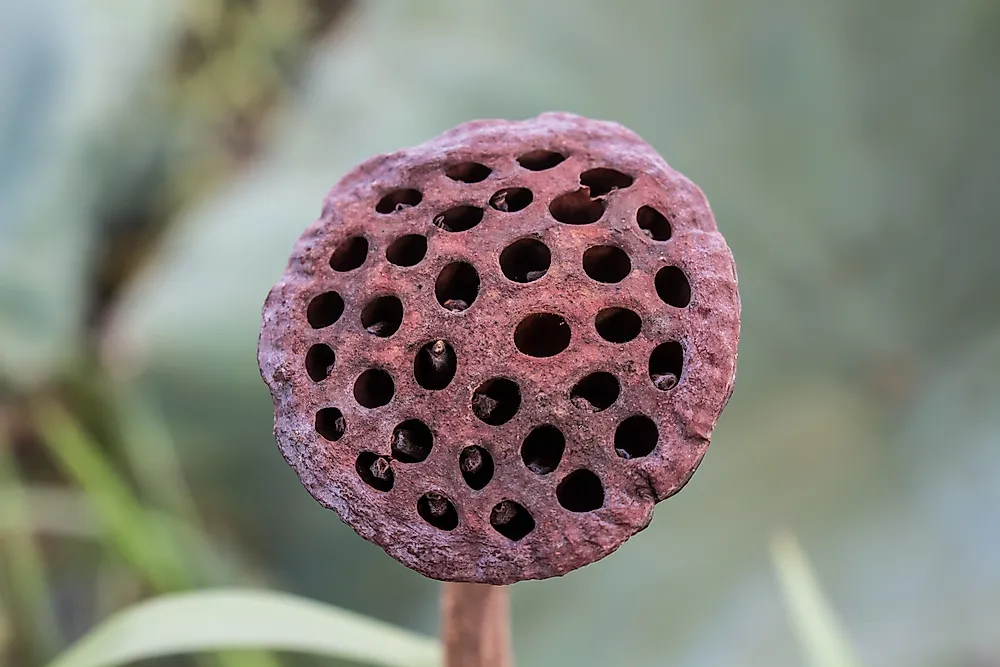
Trypophobia is the fear of shapes that resemble small holes. Trypophobia appeared online in 2005, and although it is rarely discussed in scientific literature, the concept has become popular on social media. Those with Trypophobia say that the appearance of the hole clusters catalyze their feelings and they feel as if some scaring, itchy organisms are moving on the surface of their skins. Such holes can be those made by animals like the caterpillar on leafs, termites on hills, or even combs made by bees. The victim’s mind is filled with thoughts of a decaying object and can feel anxious, nausea, sweating, or shaking of the body, while others get a mental image of something scaring living inside those holes.
14. Alektorophobia (Fear of Chickens)
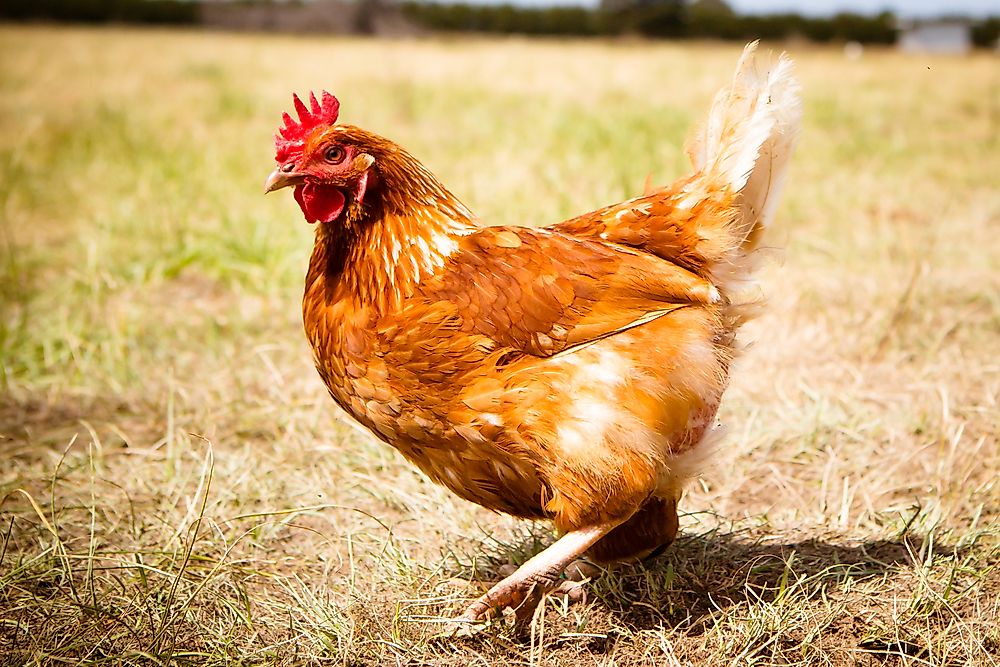
While chickens are reared in many rural homes, and they are widely sold as food, some people cannot stand their sight, sound, or even their byproducts. The term comes from the Greek Alektoro meaning rooster, and phobia meaning fear. This phobia can occur after a nasty encounter with the bird, or even stories heard about it. Exposure will cause some to displays a lot of anxiety and sweat gland over functioning, while others will be unable to utter a word. No specific medicine has been prescribed but one can reduce this phobia through counseling and hypnotherapy.
13. Hippopotomonstrosesquippedaliophobia (Fear of Long Words)
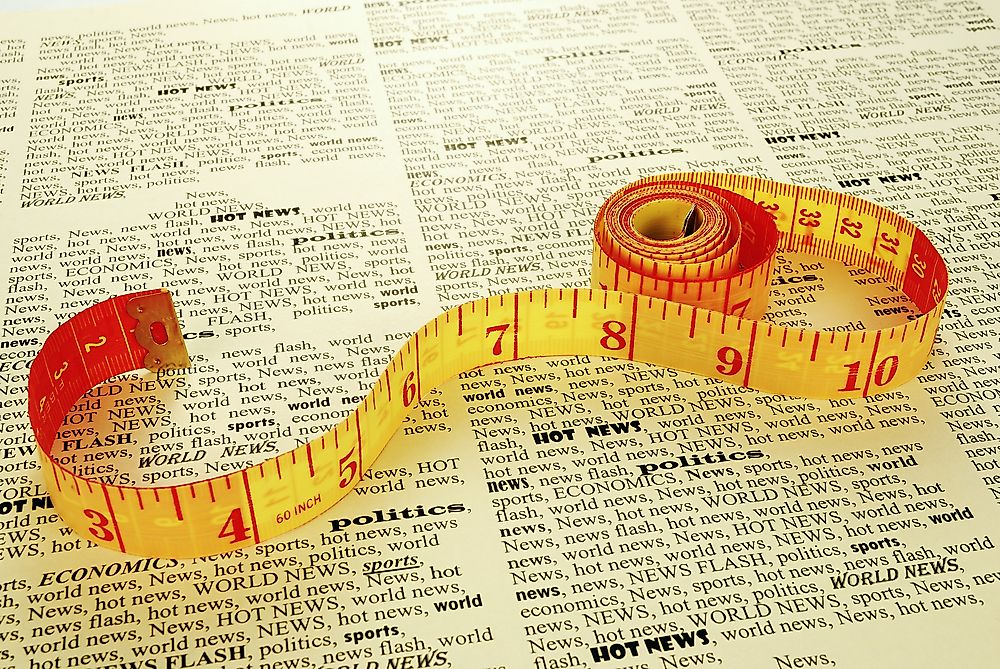
Ironically, Hippopotomonstrosesquippedaliophobia refers to the fear of long words. Also called Sesquipedalophobia, this phobia can make the victim tremble, stammer, feel dizzy, or even faint in extreme circumstances. The feeling of embarrassment and shyness associated with this phobia can make victims lose confidence. Major causes are genetic or caused by children having significant speech delays. Victims may see the phobia as a big challenge and will avoid courses and jobs that involve long words either in writing or in speech.
12. Globophobia (Fear of Balloons)
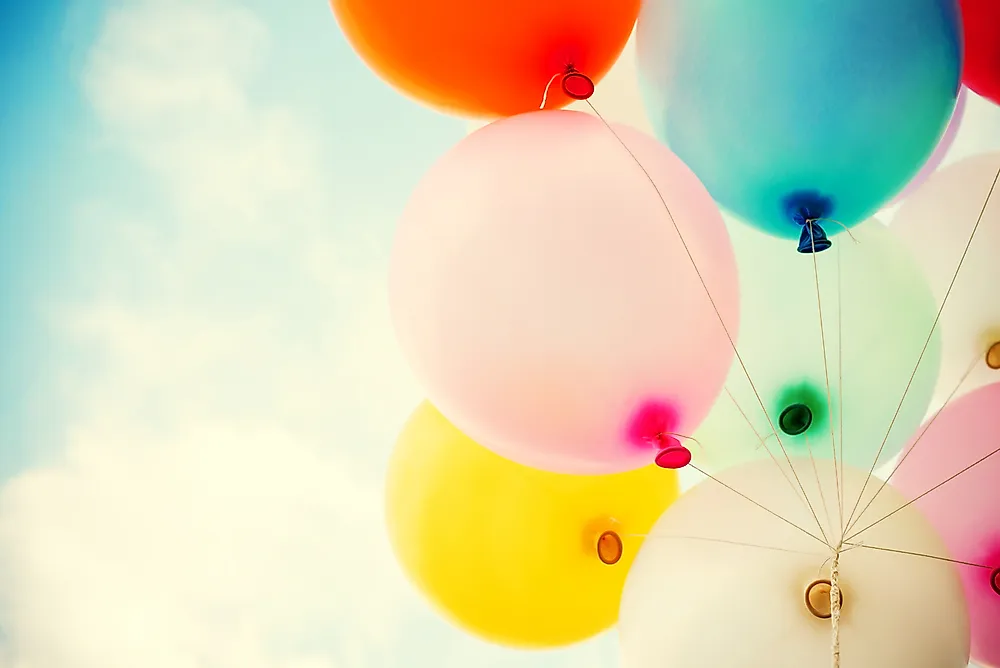
Balloons are made of soft thin rubber that bursts under pressure. While most enjoy their presence at celebratory events, others fear the sight, smell, size, or sound they produce. The fear varies from individual to individual. One can fear an inflated balloon while another would fear to go sightseeing in a hot air balloon in the air. The anxiety begins at childhood and might diminish with age though for others it continues to adulthood. The victim forms a mental image of the balloon bursting on their faces causing injuries. The best remedy is a self-initiated therapy of interacting with balloons either in books, videos, or in real life.
11. Triskaidekaphobia (Fear of the Number 13)
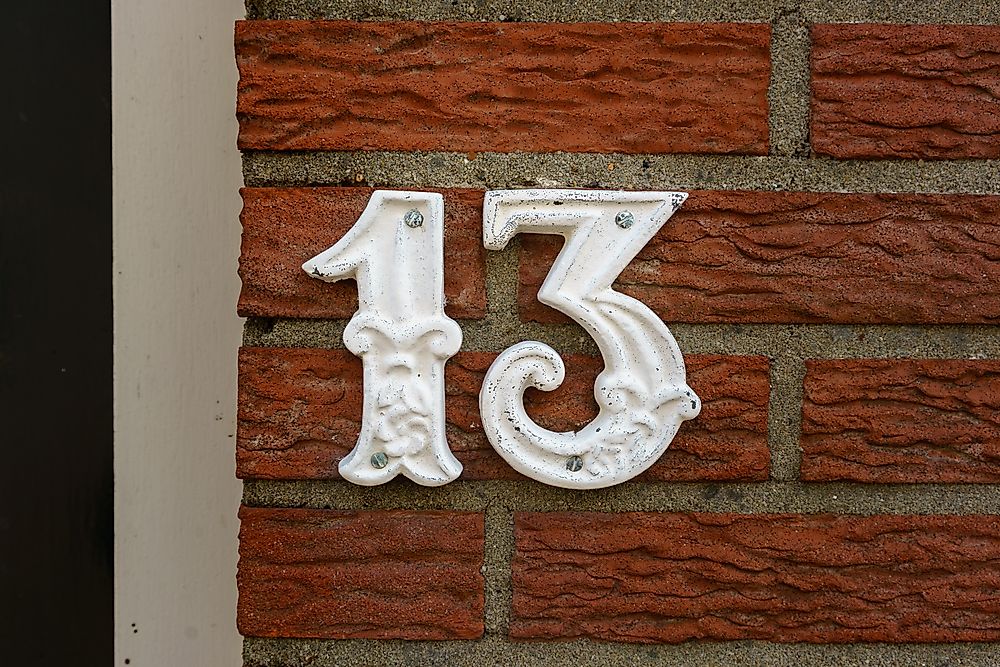
Numbers can be counted continuously but some people will have a panic reaction once you mention number 13. This is because some believe it is an unlucky number whether in dates, position, a floor in a building, or a flight number. For example, Judas Iscariot was the thirteenth guest at the table during the last supper and ended up betraying Jesus. The number system of many elevators, buildings, and vessels, including Space Shuttle Flights, reflect this, jumping from 12 to 14, skipping over the number 13. To overcome this fear, 13 member clubs were formed to do positive activities that impacted well in the society.
10. Podophobia (Fear of Feet)
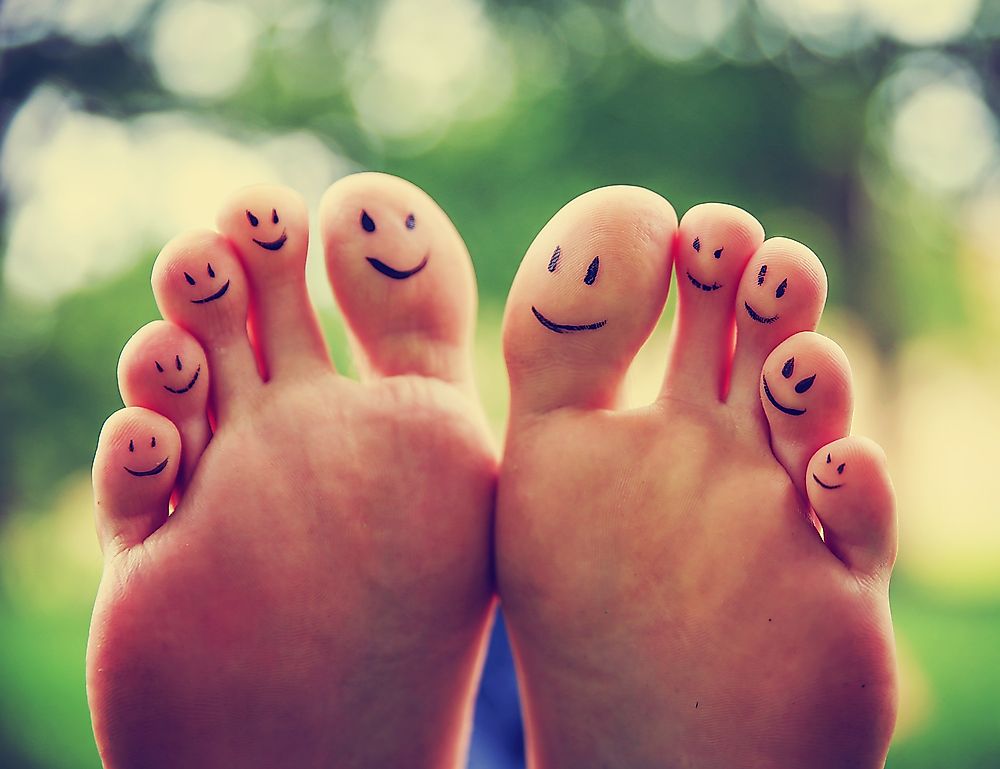
Despite human feet being lovely, they can be a source of agony to other people who panic when they see bare feet and would urge the owner to put on shoes. Podophobic people get angry at the sight of a foot. Some are so afraid that they sleep with shoes on. Such fear may be passed from one generation to another or a past nasty experience especially during childhood. The victim in spite of knowing that feet are not dangerous may suffer psychologically and physically.
9. Koumpounophobia (Fear of Buttons)
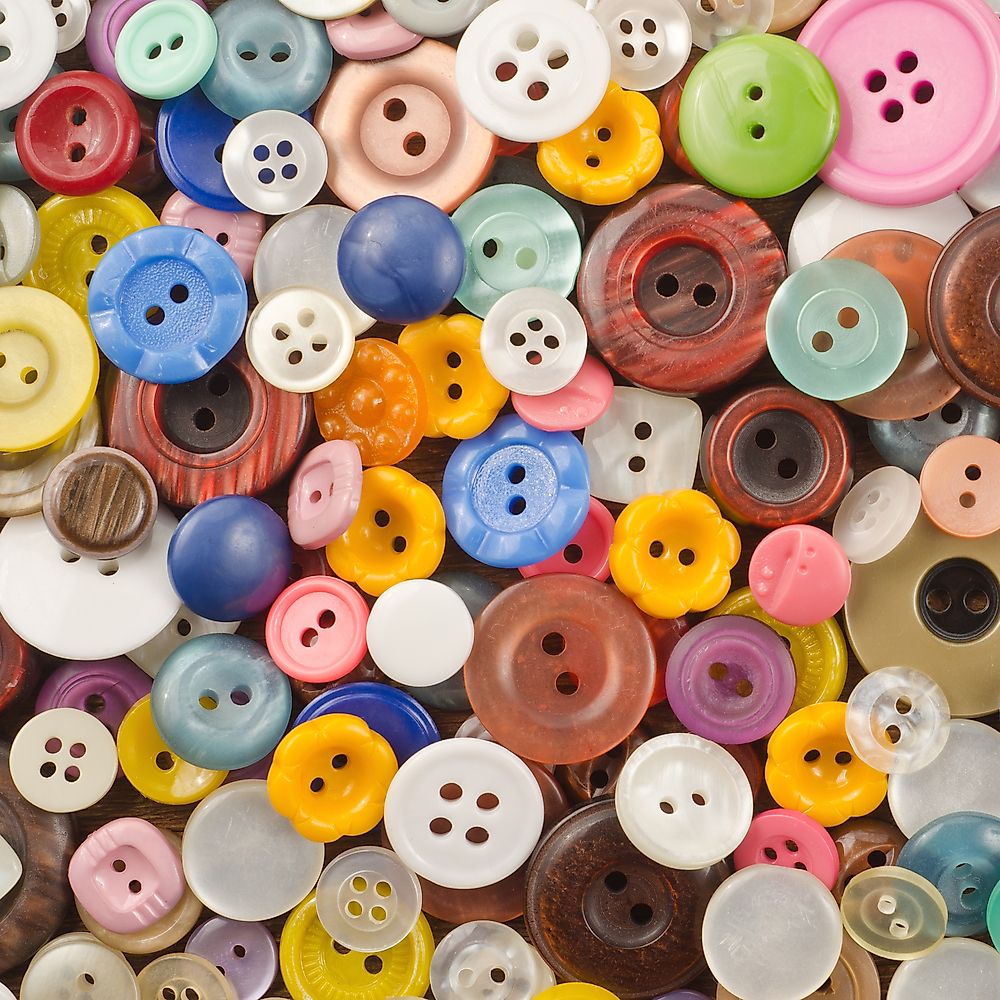
When shopping for clothes some of us will look for those attires with large beautiful buttons not knowing that the buttons are a source of stress to some people. The fear varies where some fear the feel to touch the buttons, while others imagine that the buttons are dirty, while others fear buttons worn by strangers. Most are disgusted by those made of plastic and dread to touch them. Old buttons may scare a few people as they perceive them to be dirty. A major cause is if one swallowed a button in childhood or had one stick up their nose.
8. Anatidaephobia (Fear that a Duck is Watching You)
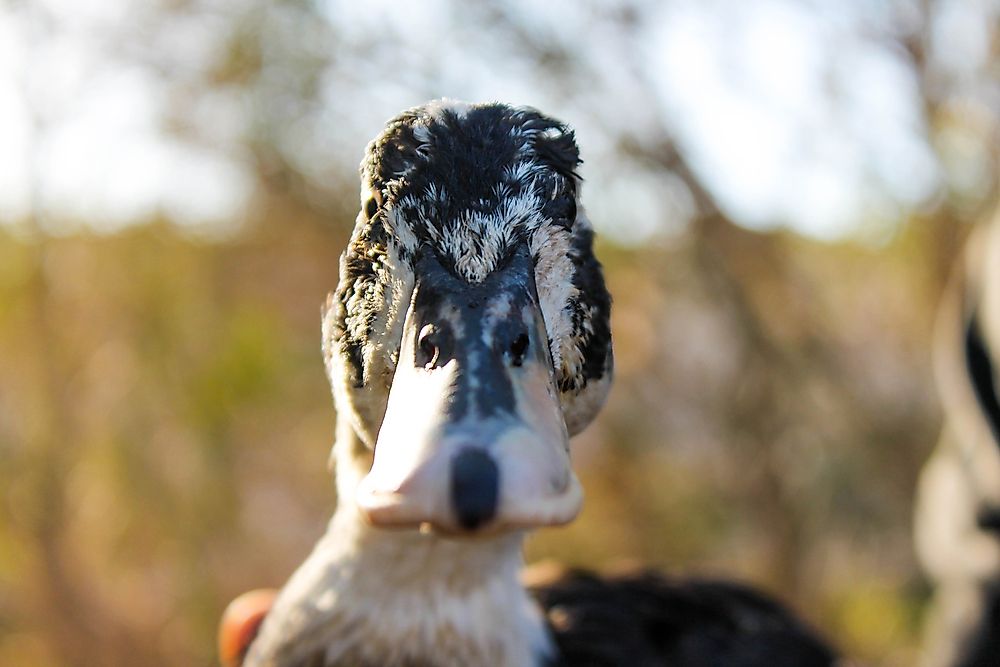
Anatidaephobia is a funny fear in that the sufferer strongly believes that there is a bird, specifically a duck watching over him observing everything he does. Although the duck or goose is not attacking him, he will feel insecure due to a past traumatic experience with such a bird. A kid might have heard the bird flapping its wings and that sound made him panic and the episode could have led to this phobia. Most of the people experiencing this phobia overcome it in adulthood.
7. Pediophobia (Fear of Dolls)
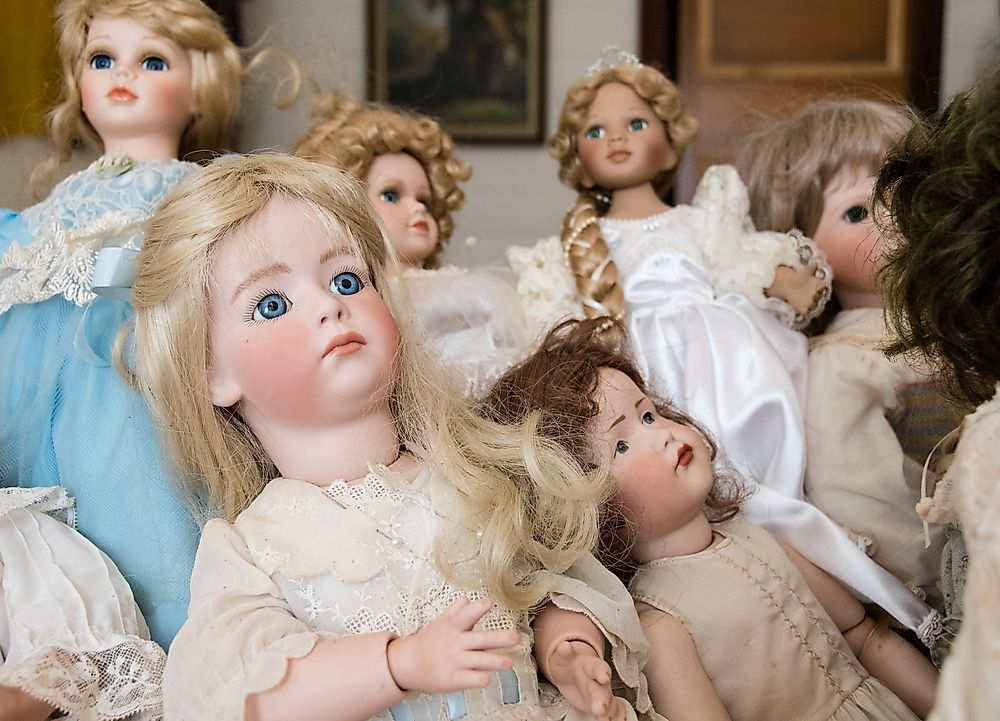
While most little children will cry to have dolls and play with them, a few will cry and get traumatized at the sight of a doll or any human-like object. The term comes from the Greek Paidion meaning little child, and Phobos meaning fear or deep dread. Many feel that the eyes of these dolls move, following them around the room. Some are afraid of different types of dolls, such as porcelain dolls. Many children outgrow this fear, however, some do not. A movie or association of dolls with witchcraft will lead to this fear.
6. Bananaphobia (Fear of Bananas)

A banana has high nutritional content but is also a source of agony to others. This abnormal fear may be due to a past experience with banana. Choking on bananas can lead to this fear. Many describe the squishy, slimy feeling of peeled bananas. Most kids outgrow this fear which is dominated by trembling, sweating, or panting at the sight of a banana.
5. Sidonglobophobia (Fear of Cotton Balls)
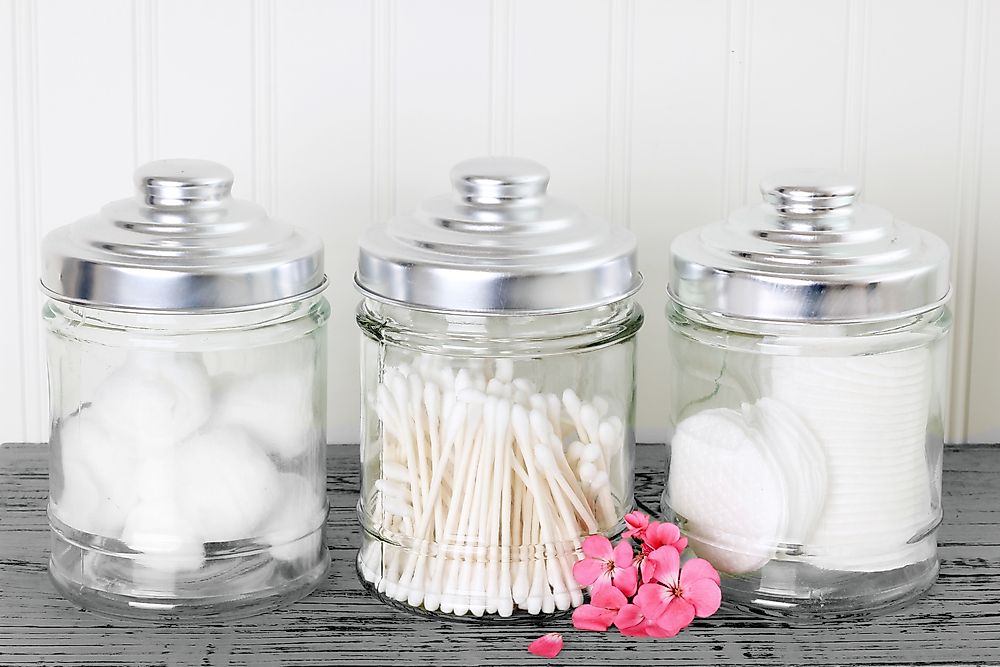
Sidonglobophobia is the fear of cotton balls or any product made of cotton. The victims cannot open a parcel or medicine bottles due to inbuilt fear which might have arisen at childhood. The funny part is that they are even afraid of sound made that are related to cotton. Michael Jackson is strongly believed to have been a victim. Now that a cotton ball looks like the egg of a reptile, the victim could be associating it with the animal. Symptoms include screaming, refusal to open parcels, running away from a certain place, or thought of dying.
4. Omphalophobia (Fear of Belly Buttons)
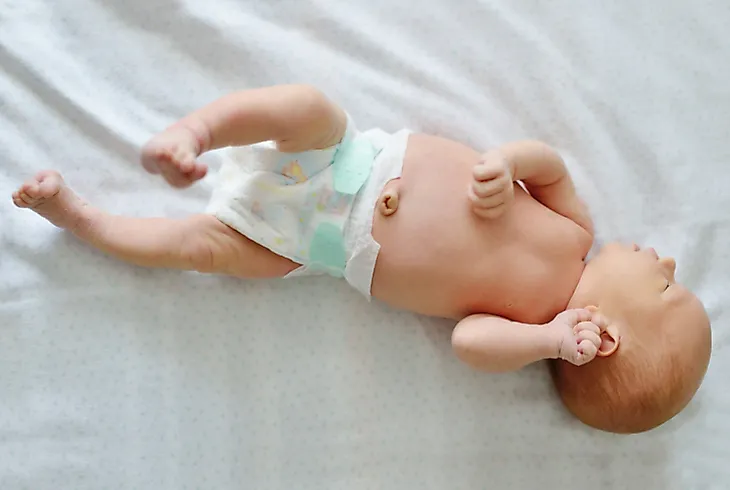
Omphalophobia is a rare type of phobia characterized by the fear of the belly buttons. One will neither want to see their navel or that of another person. Even by just seeing a naval will make them feel not only terrified but also disgusted. This fear emanates from childhood experiences related to body parts. An adult may relate the belly button as a source of life where a child was joined by the mother. Symptoms include shaking, running away, or nausea and vomiting. Unfortunately, most people fail to seek help to overcome this phobia.
3. Coulrophobia (Fear of Clowns)
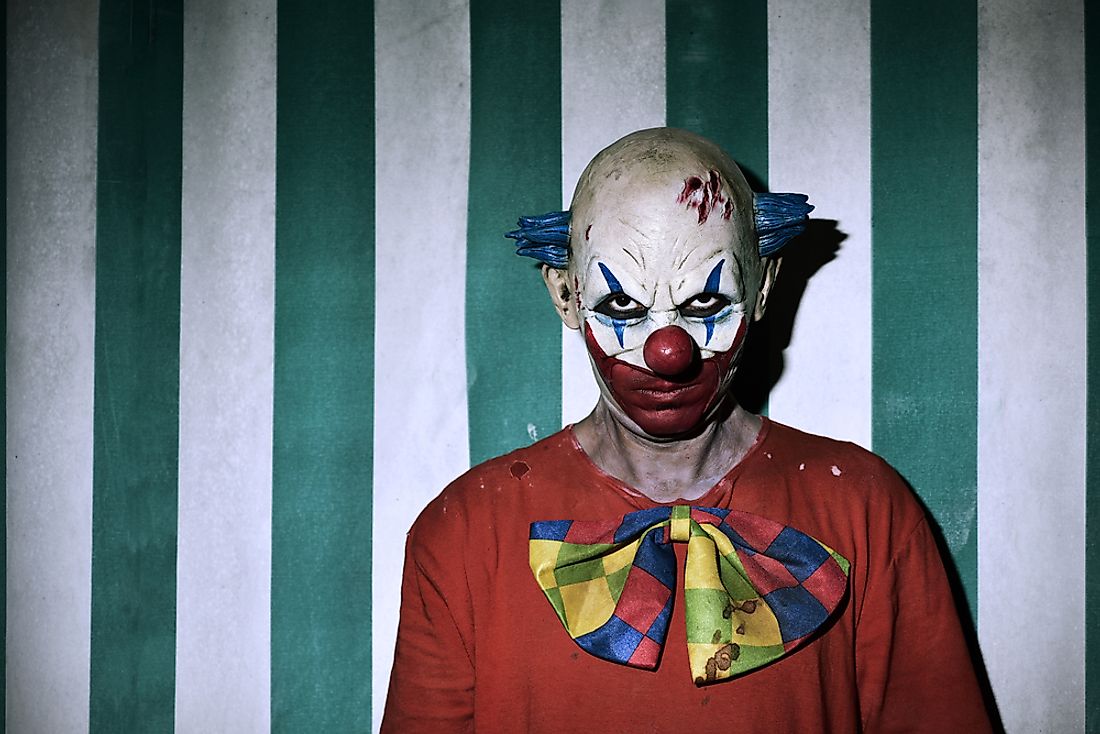
Masks and clown costumes are worn for different reasons and functions. They are worn for fun or to cause laughter but some people fear them because their scary appearance. They have a human-like appearance but are not real people thereby creating the phobia. The Coulrophobic person may see it as a corpse thereby dangerous especially if one is sensitive to body shapes and colors. Childhood fears and a dark encounter can accelerate this phobia.
2. Numerophobia (Fear of Numbers)
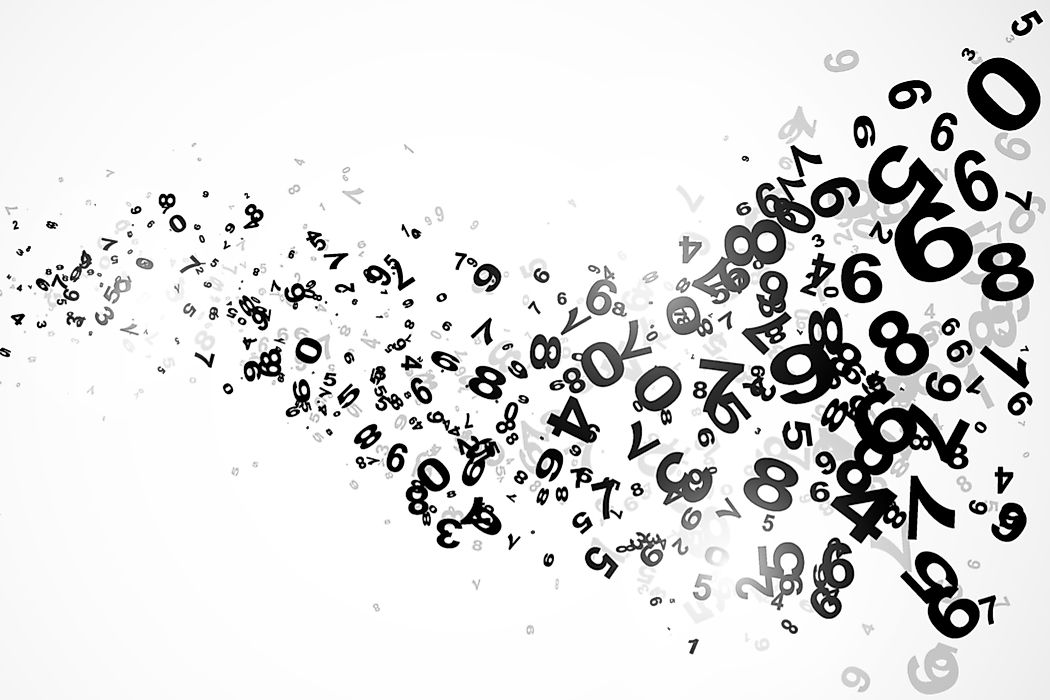
Numerophobia, also referred to as arithmophobia, is where the sufferer fears numbers and any mathematical formulae. It is predominantly found in children as they begin math classes. Adult victims have a different trigger from children in that they relate numbers to certain outcomes in their lives. Others have an irrational fear of certain numbers such as 666 or 13. To overcome this phobia it requires thorough explanation and understanding of numbers and formulas.
1. Coasterphobia (Fear of Roller Coasters)
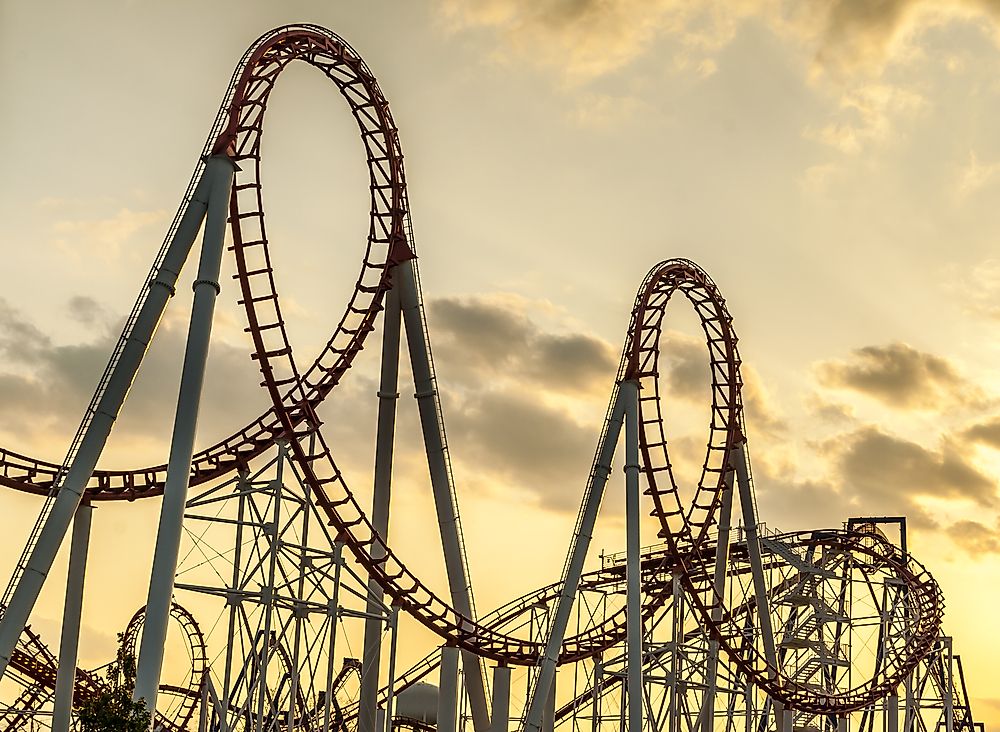
Coasterphobia, as it sounds, is the fear of roller coasters. While others are enjoy the thrills of a roller coaster ride, a coaster-phobic person is laughed at and even bullied. Even with modern safety of roller coasters in amusement parks, some people are afraid and the inclination triggers physical and emotional reactions. Symptoms include feeling dizzy, thinking you are going to die, and shortness of breath. The heartbeat is also faster thereby affecting other body functions.











